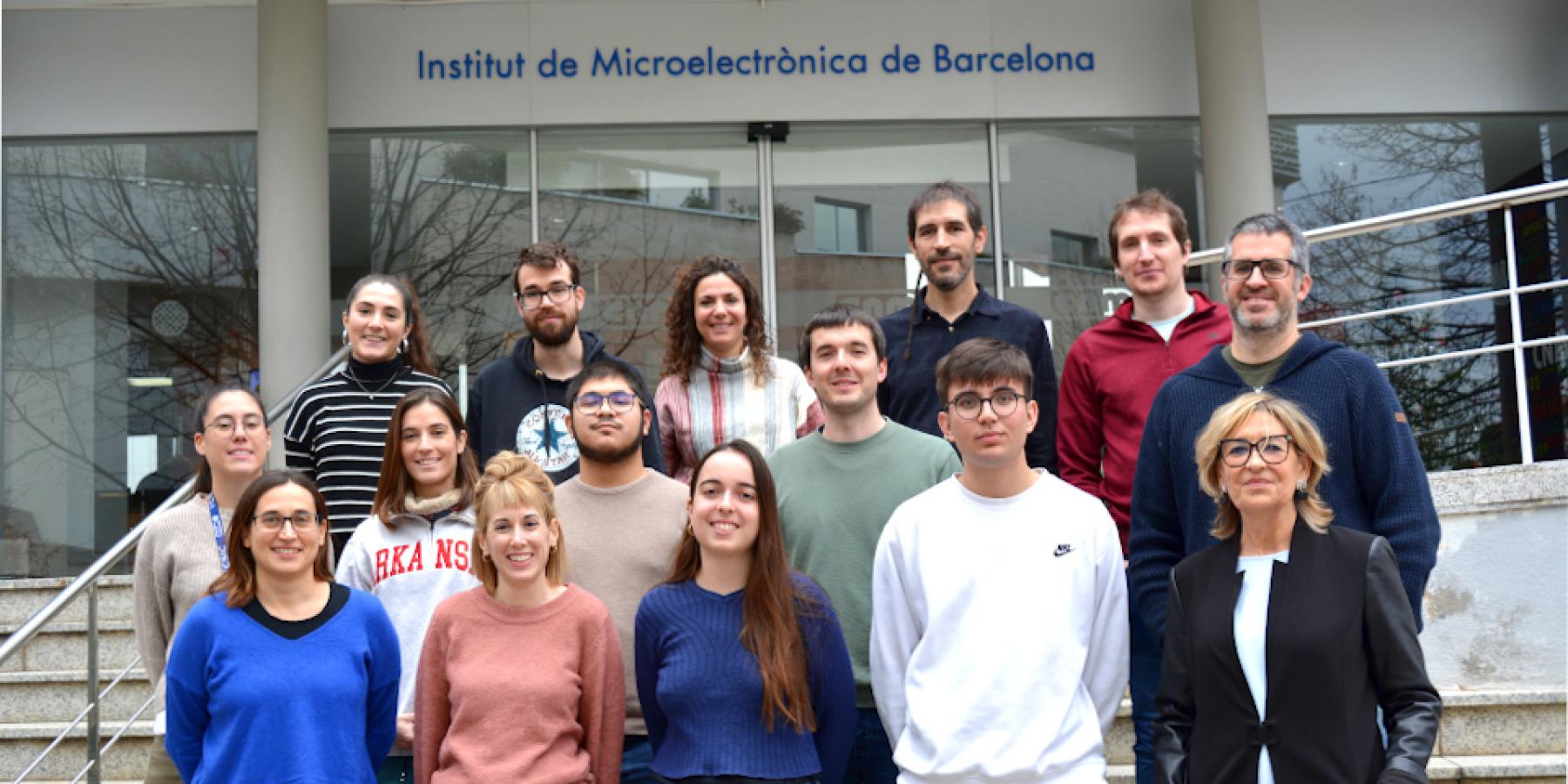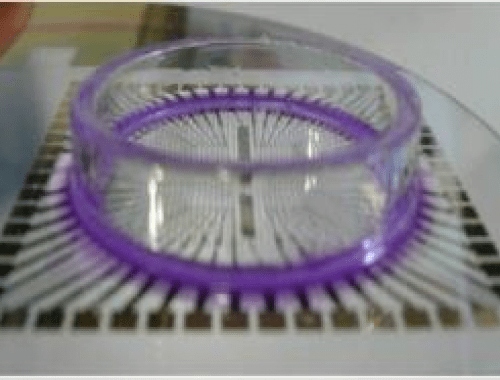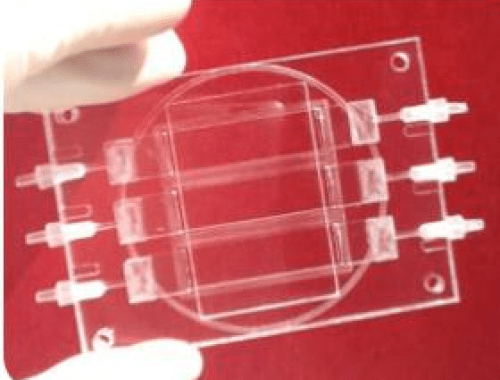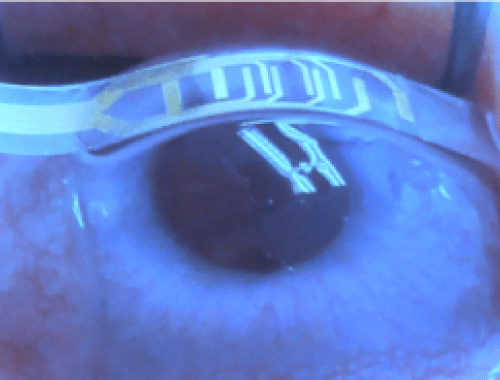Biomedical Applications Group (GAB)
The Biomedical Applications Group (GAB) mission is to provide clinicians with advanced tools, based on micro and nano-technologies, to tackle the medical challenges of the future.
Contact Person
More info

These solutions are mainly based on impedance sensing at different levels of biological organization, i.e. mollecules, cells and organs. As a consequence, the group works jointly with different biomedical research groups, from the theoretical analysis to the final clinical trials. Specifically, the group is interested in three major topics:
Neural interfaces
Neural technologies have been evolved using micro- and nanosystems for in vivo and in vitro studies focused in understanding the brain. Stimulating and recording electrodes have been widely used to study the neural electrical activity; thus, significant efforts are being invested in the modification of the microelectrode surface material to improve the contact of the electrode-electrolyte interface.
In particular, we are investigating the use of graphene as the active material to interface neural tissues. In our group we have developed the technological processes to integrate graphene solution-gated field-effect transistors (SGFETs) in flexible probes for electrocorticography (ECoG) recordings. We are exploring the particular capabilities of these devices in collaboration with other research groups and we are also evaluating its potential for biosensing applications.
Biomonitoring
Micro and nanotechnologies has paved the way for the development of novel devices able to detect biological cues from biological samples. Besides the design, fabrication and characterization of sensors and biosensors, we are also interested in its integration in microfluidic biosystems and organ on a chip devices.
In particular, we are developing nanostructures to explore the capabilities of (opto-) mechanical sensing by means of plasmonic or colorimetric response and the development of innovative designs for electrochemical sensing. In fact, we are focused on its integration next to the cell cultures that are present in an organ on a chip device.








